House Of Habsburg - Tumblr Posts
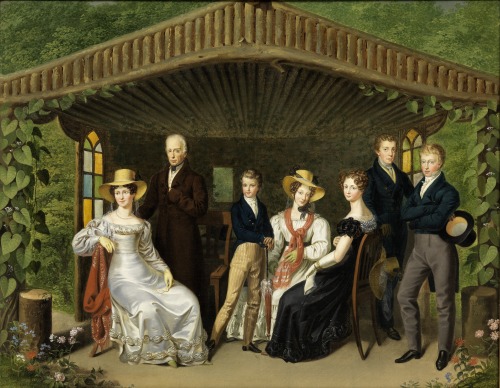
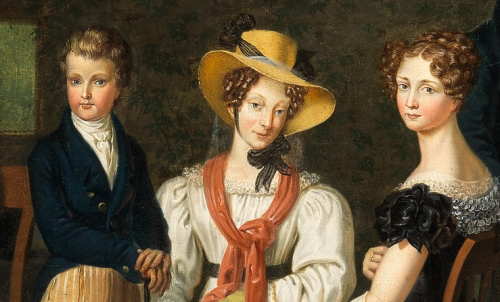
The Imperial Family Around the Duc de Reichstadt in a Gazebo by Leopold Fertbauer, 1926.
From left to right: Caroline Augusta of Bavaria, Empress of Austria; Francis I, Emperor of Austria; Napoleon II of France, Duke of Reichstadt; Princess Sophie of Bavaria, Archduchess of Austria; Marie-Louise of Austria, Duchess of Parma; Ferdinand I of Austria; and Archduke Franz Karl of Austria.
link
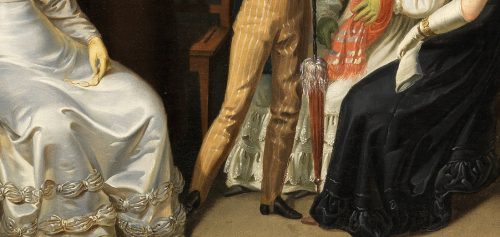













the children of Maria Theresa of Austria and Francis I, Holy Roman Emperor


In the 19th century, there were 9 marriages between the House of Wittelsbach and the House of Habsburg:
1816, 29 October. Emperor Franz I of Austria (1768-1835) married Princess Caroline Augusta of Bavaria (1792-1873). They had no children.
1824, 4 November. Archduke Franz Karl of Austria (1802-1878) married Princess Sophie of Bavaria (1805-1872). They had five children, four who survived infancy.
1842, 30 March. Francesco V, Duke of Modena and Archduke of Austria (1819-1875) married Princess Adelgunde of Bavaria (1823-1914). They had one daughter who did not survive infancy.
1844, 16 April. Prince Luitpold of Bavaria, future Prince Regent, (1821-1912) married Archduchess Auguste Ferdinande of Austria-Tuscany (1825-1864). They had four children.
1844, 1 May. Archduke Albrecht of Austria, Duke of Teschen (1817-1895) married Princess Hildegard of Bavaria (1825-1864). They had three children, two who survived infancy.
1854, 24 April. Emperor Franz Josef I of Austria (1830-1916) married Duchess Elisabeth in Bavaria (1837-1898). They had four children, three who survived infancy.
1866, 20 February. Prince Ludwig of Bavaria, future King Ludwig III, (1845-1921) married Archduchess Maria Theresa of Austria-Este (1849-1919). They had thirteen children, eleven who survived infancy.
1873, 20 April. Prince Leopold of Bavaria (1846-1930) married Archduchess Gisela of Austria (1856-1932). They had four children.
1893, 15 November. Archduke Joseph August of Austria (1872-1962) married Princess Auguste of Bavaria (1877-1964). They had six children, four who survived infancy.

The Imperial and Royal Austrian Family, 1836. From left to right: Archduke Franz Karl, Archduke Maximilian (future Emperor of Mexico), Archduke Karl Ludwig, Archduchess Sophie (née Princess of Bavaria), Archduchess Maria Anna, Archduke Franz Josef (future Emperor of Austria), Archduke Karl, Empress Caroline Auguste (née Princess of Bavaria), Archduke Ludwig, Empress Maria Anna (née Princess of Savoy), Emperor Ferdinand I, Archduke Johann, Archduke Josef Anton, Archduke Rainer. In the back there is a portrait of the late Emperor Franz I.
Via Österreich Nationalbibliothek
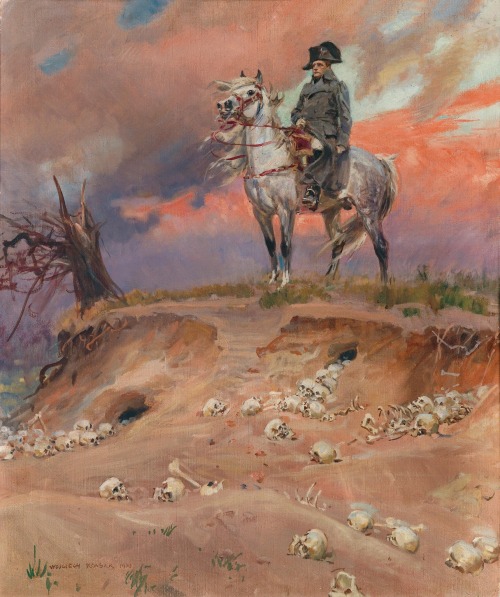
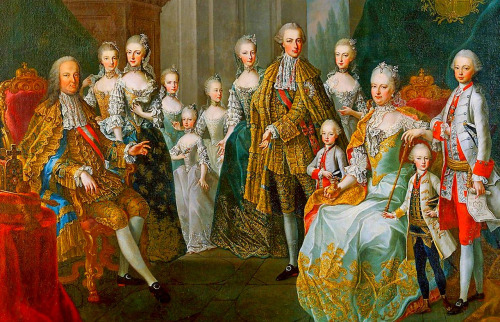
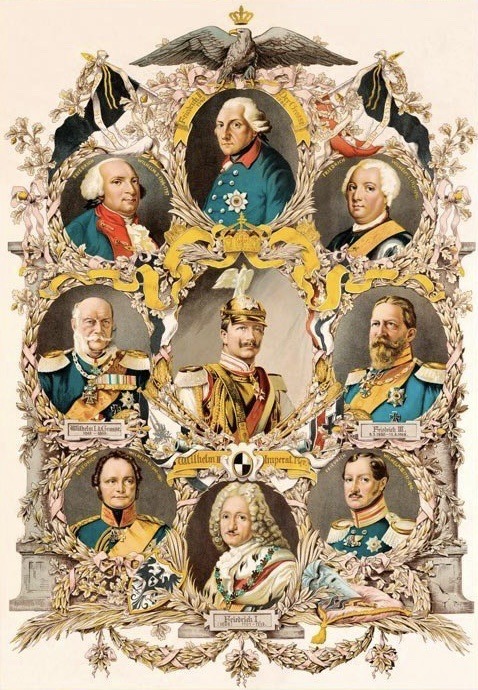
Today I witnessed and participated in an amiable small-talk that can easily be considered “stuff of legends”. 😂
Me, looking through a lovely pre-revolutionary book about Napoleonic era, which was provided to me for a brief introduction, and reading out loud some lines occasionally: "It is said that when the French heard about the Frankfurt proposals, they complained and laughed interchangeably at the thought that the fate of modern Europe would be in the hands of some Habsburgs or Hohenzollerns, who were the embodiment of German feudalism."
*light chuckles intensifying*
*then more coherent conversation takes place*
— So, is it better to have French imperialism instead of German feudalism?)))
— Yes. Keep flipping through. 🗿
*chuckles instantly turn into homeric laughter*
❗️Friendly reminder: it was a simple joke, historical process is a much more complicated business as well as specific terms used in that purely comedic case. ✌️
the royal family of europe be like: sixty shades of habsburg
once upon a time satan invented a handful of habsburgs and said "spread the seed of evil in this whole continent! ....wait no why are yall fucking each other, not that seed, not like that!"
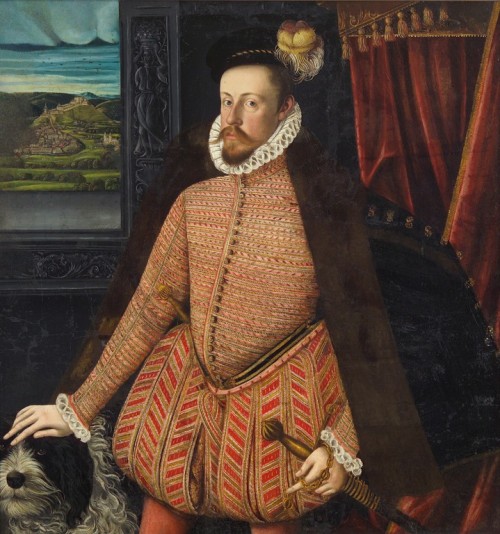
Portrait of Charles II, Archduke of Austria (1569) by unknown author. Kunsthistorisches Museum.

Portrait of Charles II, Archduke of Austria, Duke of Styria (c. 1608) by Bartolomé González y Serrano. Museo Nacional del Prado.
